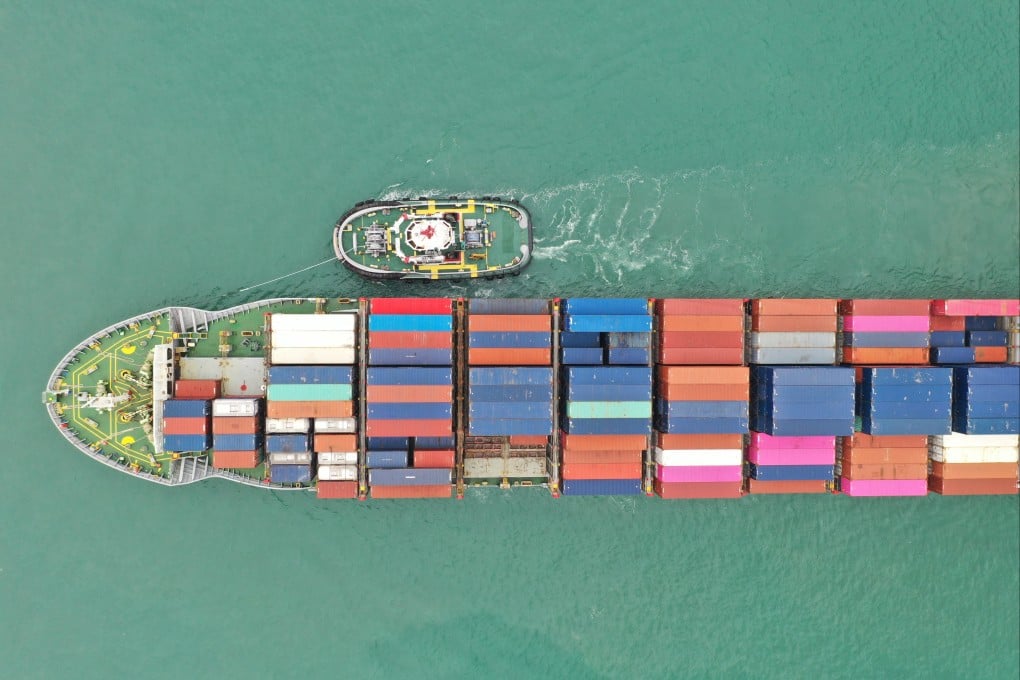World shipping sector’s green fuel adoption puts cart before horse as supply struggles to keep pace
- Some 251 new-build methanol-fuelled vessels are either in the water or in the order book, according to a joint study by GENA Solutions and Methanol Institute
- Global supply capacity of low carbon methanol is less than 1 million tonnes a year, which can only serve the needs of 25 such container ships

The global shipping industry may have put the cart before the horse as green fuel supplies have lagged the furious pace of worldwide fleet expansions with vessels capable of burning low carbon fuels.
A heightened interest in methanol-fuelled vessels has been driven by the shipping industry’s plans to cut carbon emissions by using cleaner fuels. Some 251 new-build methanol-fuelled vessels are either in the water or in the order book, according to a joint research published in March by Finland-based chemicals research provider GENA Solutions and industry body Methanol Institute.
“Technology is not an issue, we already can deliver engines capable of combusting both methanol and ammonia,” Roger Holm, a senior official at marine and energy equipment maker Wartsila, told the Post in an interview. “The key challenge is the extremely low availability of green fuels … Many green fuel project developers still have not invested, and we need financial incentives and emissions penalties to drive it.”

A 16,000 TEU (twenty-foot equivalent unit) container ship can consume up to 40,000 tonnes of methanol a year. Currently, low carbon methanol supply capacity is less than 1 million tonnes a year, which can only serve the needs of 25 such container ships.
But there are plans to raise capacity, which could potentially surge to 24 million tonnes by 2028 if all the identified projects are financed and completed.
Holm, who is president at Wartsila Marine, a unit of Wartsila Corporation, said that while it is still early days for the sector to cut carbon intensity, technology is already available for shipowners to carry out retrofit projects and make their new-build vessels ready for low carbon fuel.
Hydrogen, methanol and ammonia are emerging as low carbon alternatives to fossil bunker fuels, as they emit little or no carbon dioxide during combustion. However, as they are primarily produced from fossil fuels, their supply chains have large carbon footprints.
